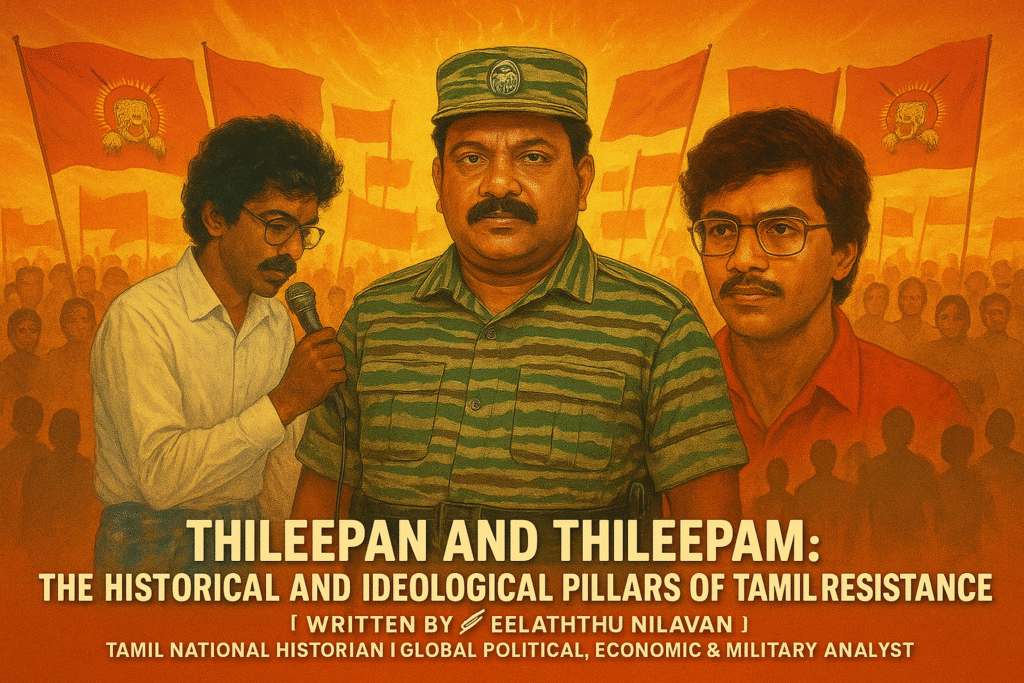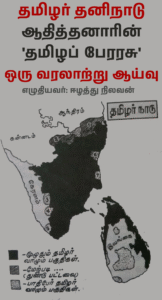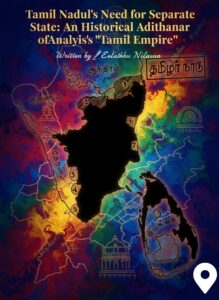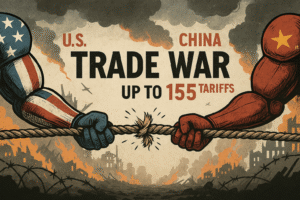✰. Introduction
In the history of struggle, individual sacrifices often become symbolic milestones. Within the Tamil liberation movement, Thileepan stands as a revered and transformative figure. His deliberate hunger strike was not merely an act of personal endurance but a potential ideological tool, offering guidance for future generations. By conceptualizing his sacrifice as “Thileepam”, we can frame Tamil liberation as a strong historical and philosophical movement.

✦. Historical Context of Tamil Oppression
After Sri Lanka gained independence, the Tamil community faced multiple forms of systemic marginalization:
✧. Language and education policies: The 1956 “Sinhala Only Act” marginalized Tamil in administration and public life.
✧. Economic and land discrimination: Tamil-majority regions faced colonization and settlement policies favoring Sinhalese populations.
✧. Political suppression: Limited representation of Tamils in government, restricted opportunities for youth, and systematic dominance by the Sinhalese majority.
In this context, peaceful negotiations repeatedly failed, prompting the emergence of armed struggle within the Tamil Eelam movement.
✦. Thileepan’s Sacrifice
In 1987, Thileepan undertook a hunger strike to draw attention to the Tamil struggle and demand political concessions:
✧. Purpose: Highlighting Tamil rights, pressing for the movement’s goals, and challenging state oppression.
✧. Impact: Raised awareness, strengthened morale, and inspired resistance among Tamil communities.
✧. Global reaction: India, the Sri Lankan government, the UN, and international media largely ignored or misrepresented the significance of his sacrifice.
Through this act, Thileepan strengthened the organizational, intellectual, and moral foundations of the Tamil liberation struggle.
✦. Ideological Framework: Thileepam
Thileepam is the conceptual transformation of Thileepan’s personal sacrifice into a collective principle for the Tamil nation:
✧. By framing individual martyrdom as an ideology, it becomes a lesson and a unifying principle for future generations.
✧. Global parallels:
︎ Gandhi: Satyagraha and nonviolent resistance
︎ Irish revolutionaries: National liberation through personal sacrifice
︎ Japanese resistance fighters: Individual martyrdom advancing national causes
Thileepam provides philosophical strength and strategic coherence to the Tamil liberation movement.
✦. Historical Erasure and Global Suppression
Thileepan’s struggle was deliberately misrepresented as “terrorism” by global powers:
✧. India and Sri Lanka suppressed the authentic narrative of Tamil resistance.
✧. Mechanisms of erasure: Media censorship, educational marginalization, and historical revisionism.
✧. Long-term consequences: Dilution of Tamil collective memory and weakening of identity.
This is not unique; globally, oppressed movements often face similar systematic historical erasure.
✦. Lessons for Historical Preservation
Reclaiming Thileepan’s story is essential:
✧. Ideological framing safeguards the continuity of the struggle and preserves historical truth.
✧. Tamil history must be documented by Tamils themselves, not external forces.
Practical methods: Archives, oral histories, publications, digital platforms, and media initiatives can secure historical memory.
✦. Thileepam in Contemporary Tamil Thought
Thileepan’s sacrifice demonstrates that struggle is not only about physical action but about creating a guiding ideology:
✧. Principles: Respect, justice, and identity
✧. Thileepam connects modern Tamil movements to historical consciousness and strengthens collective resilience.
It ensures that future generations inherit a living legacy of Tamil resistance, both philosophical and practical.
✦. Conclusion:
Thileepan’s life and sacrifice remain a foundational milestone for the Tamil liberation movement. Thileepam provides a strong ideological framework to preserve history, inspire resistance, and uphold justice.
Thus, we celebrate Thileepan—and the ideology of Thileepam.

Written by
Eelaththu Nilavan
Tamil National Historian – Analyst of Global Politics, Economy, and Military Affairs
17/09/2025



